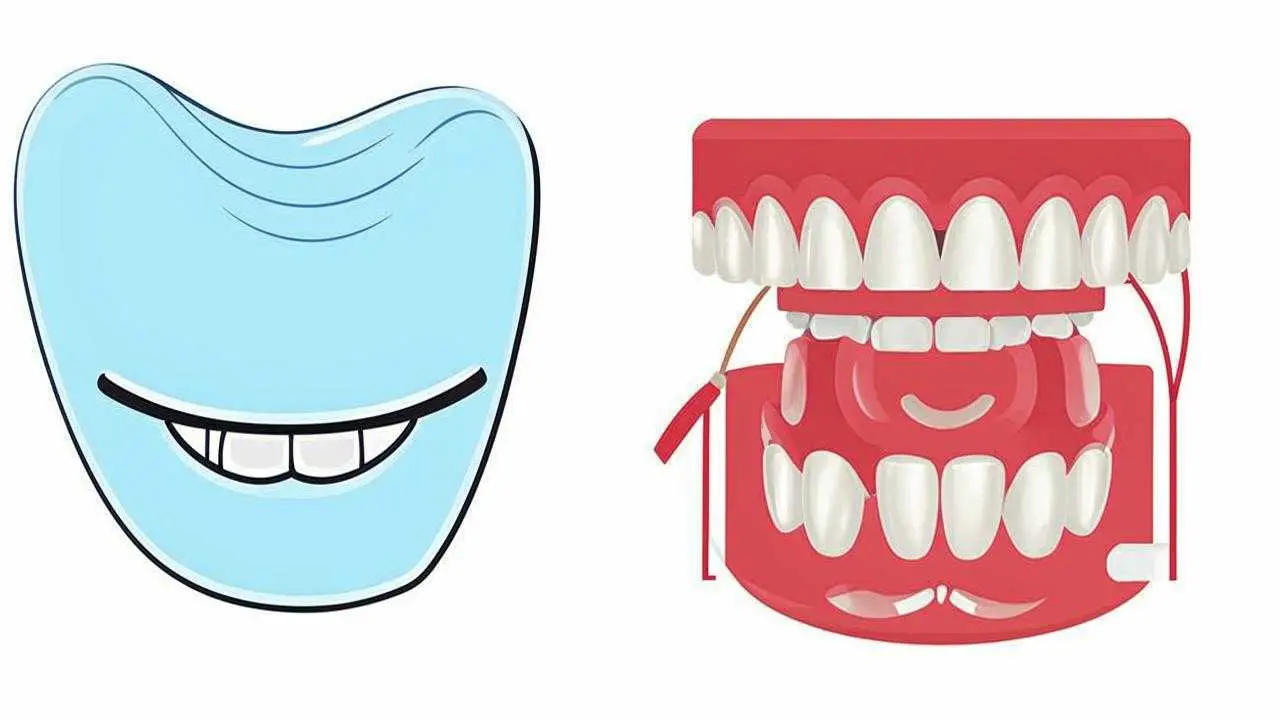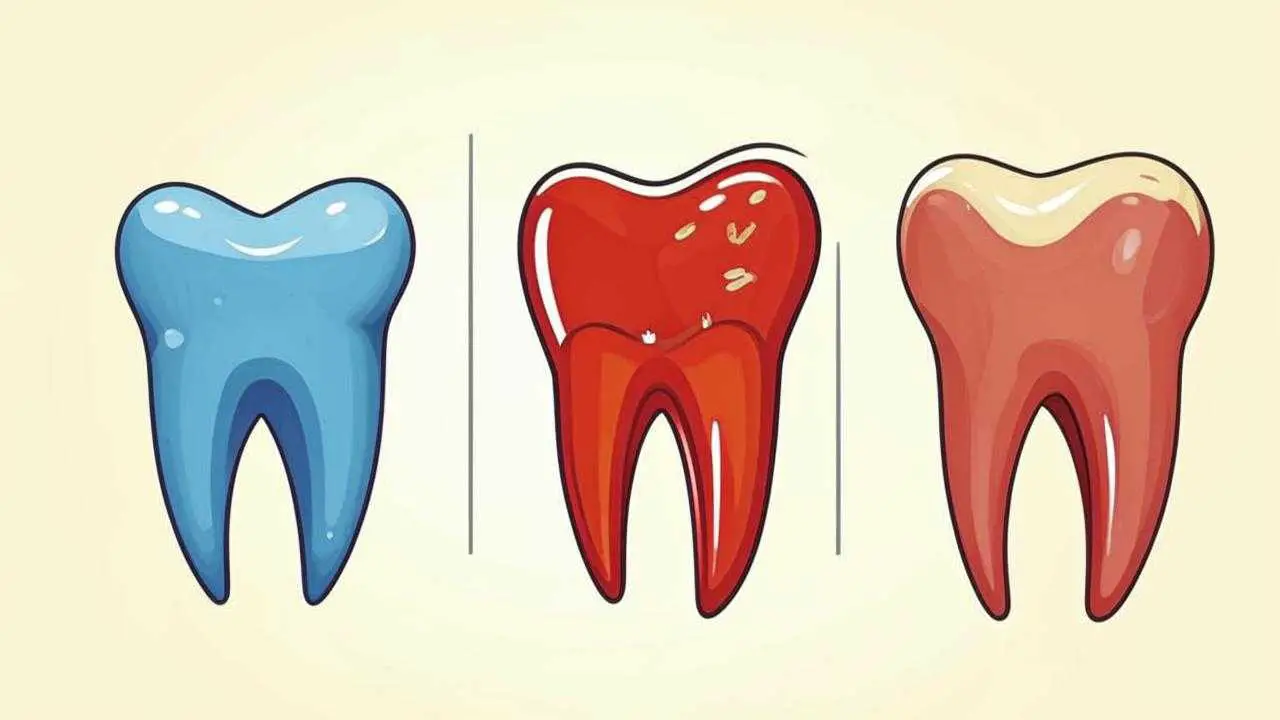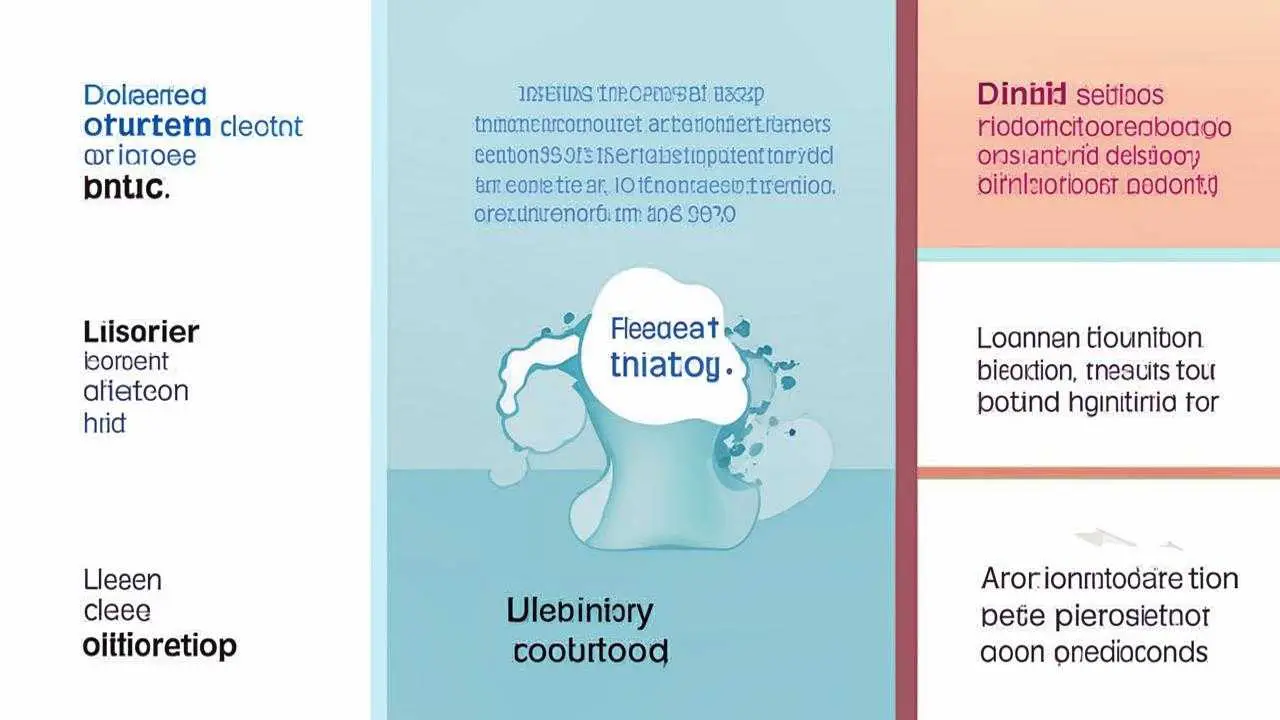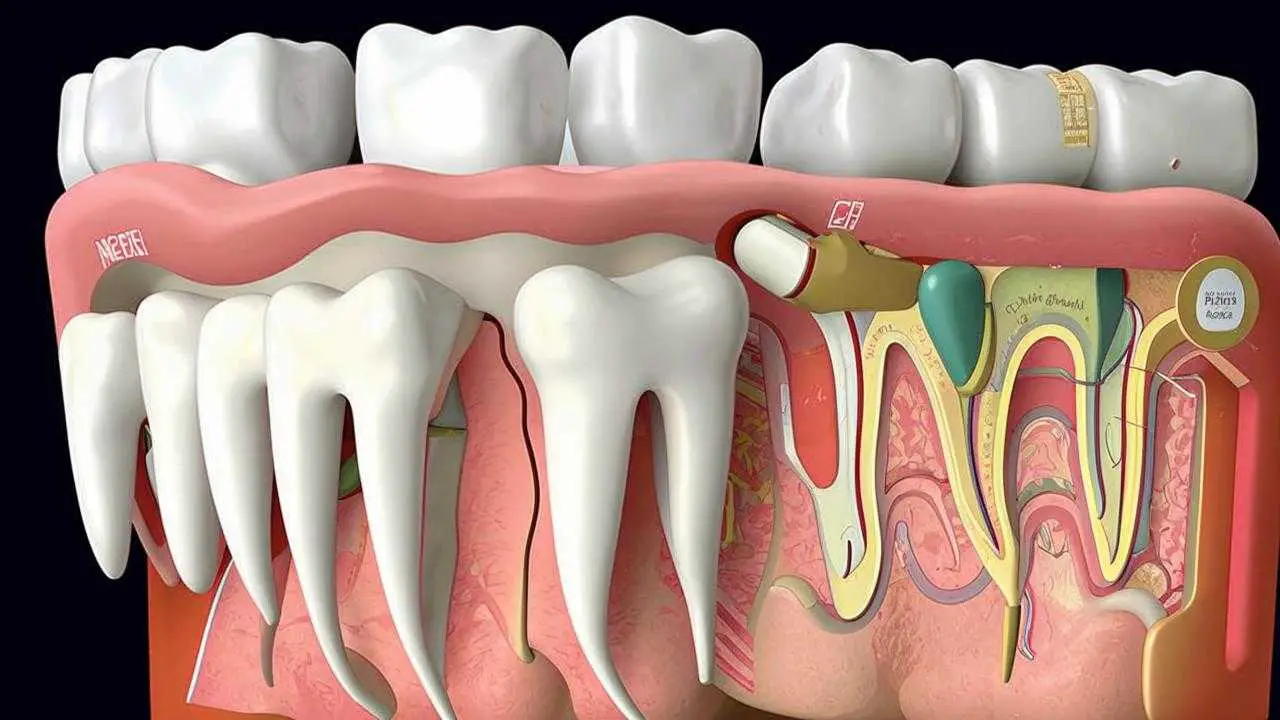Hyperesthesia or hypersensitivity of the teeth is pain that occurs in response to temperature, chemical, tactile stimuli. Characteristics:
- The pain is short-lived but constantly recurring
- It is not associated with oral or dental disease
Hyperesthesia is caused by thinning enamel. The dentin underneath is no longer protected and responds to irritation. Another cause may be gingival recession. In this case, the root is exposed and reacts.
In Russia, hypersensitivity affects 62% of the population [1]. The problem mainly occurs between the ages of 30 and 60.
Causes of tooth sensitivity
Dentistry identifies several factors that affect the increase in sensitivity:
- Enamel damage: cracks, chips
This can be caused by functional disorders (bruxism) or physical impact (chewing nuts, breadcrumbs, hard candies)
- Incorrect brushing algorithm
Horizontal movements during brushing can lead to a serious problem such as a wedge-shaped defect.
- Consumption of paste with a high abrasiveness index for a long period of time
Like sandpaper, abrasive paste scrapes the enamel off the dentin, exposing it and leading to pain. Such pastes are recommended for a limited period and only on the advice of a doctor.
- Overabundance of acidic foods in the diet
Acids from foods corrode the enamel, leading to high sensitivity of tooth tissues.
- Abnormal tooth erosion
Excessive loss of hard tissue, also exposes dentin.
- Preparation for dentures
Debonding before the fabrication of crowns consists of the dentist removing the top layer of enamel.
After exposure to the aggressive gel, the enamel becomes porous for a while, and sensitivity increases. With proper whitening, after a few days, the pores are filled, everything comes back to normal.
Caries can reach not only the dentin, but also the pulp and then the pain will become constant and intense.
- Gingival recession
With age and pathological processes in the oral cavity, the gum recedes and the neck of the tooth becomes bare. This leads to increased sensitivity of tooth enamel to hot, cold, sour and sweet.
- Medical errors
Poor-quality preparation of teeth, violation of whitening technologies, professional hygiene, use of unsuitable filling materials provokes hyperesthesia. Removing more hard tissue than necessary can lead to increased sensitivity after veneers are placed.
As additional factors stand out: smoking, some restrictive diets. Psychological disorders play a role, for example, bulimia is one of the causes of hyperesthesia. Sensitivity is also affected by general diseases: endocrine disorders, metabolic problems, diseases that lead to a decrease in saliva secretion.
Pregnancy is a special period in a woman’s life. Due to the restructuring of the body there is a hormonal imbalance and increased blood flow. They can lead to the fact that during pregnancy, sensitivity increases.
Forms of hyperesthesia
Depending on the scope of sensitivity there are:
- Localized. Pain is felt only in one or more teeth. This happens in preparation for dentures or carious cavities, wedge-shaped defects.
- Generalized. A large group or all teeth are included. Such manifestations are characteristic of periodontal diseases, in which the necks and roots are exposed, multiple caries or pathological erasure.
According to the severity of manifestations distinguish hyperesthesia of tooth tissues:
1st degree – reaction only to temperature stimuli (cold, hot)
2nd degree – reaction to chemical stimuli (sour, sweet, salty, bitter) is connected
3rd degree – reaction to any type of irritation, for example, when pressing on the gum (tactile).
There is another classification of hyperesthesia:
- caused by loss of hard tissue (caries, pathologic erasure, orthopedic preparation);
- not associated with the loss of hard tissue (periodontitis, general diseases, neuroses).
What to do if tooth sensitivity appears
When unpleasant sensations appear, the first reaction of a modern person is to look for advice on the Internet. Among the recommendations, the first place is occupied by the use of folk remedies. Decoction of chamomile, calendula or sage has a soothing and anti-inflammatory effect. The same effect has propolis, but it can not be chewed on an empty stomach. Tea tree oil, saline solution disinfects the oral cavity.
The problem is that home remedies do not eliminate the cause, but only mask it. Treatment of dental hyperesthesia should be comprehensive. First, it is necessary to determine the factors that led to its development. If it is caries – it is necessary to treat carious cavities. In the case of periodontal diseases, work begins with stabilization of the process. General diseases need to be treated by a specialist. Often, eliminating the root cause is enough. In any case, the decision on how to treat tooth sensitivity should be made by a doctor.
Diagnosis
If hypersensitivity is suspected, special diagnostic methods are used:
- Probing. Examination with the help of dental instruments. Determines the reaction to tactile and tactile tests.
- Thermometry. Most often exposed to a jet of cold air under pressure.
- Chemical irritants. Apply quite rarely, it is easier to ask the patient whether there are reactions to sour, sweet. But if applied, then use a solution of glucose and citric acid.
- Electroodontometry. The higher the threshold of reaction to the electric discharge, the less sensitive the teeth.
- Pain scale. The patient is asked to rate the intensity of sensation on a numeric scale (1-5) or a color-numeric scale (green to red, 1 to 10)
How to reduce tooth sensitivity
Medical intervention depends on what the increased sensitivity is related to. The key is to remove the cause, not the symptoms.
Treatment follows the rule: from simple to complex. In dentistry, this is called “from reversible methods to irreversible”.
- Hygiene products. Special rinses and toothpastes to reduce tooth sensitivity. These measures are sufficient for small manifestations. They are good for reducing tooth sensitivity after whitening.
- Professional measures. Enamel saturation with minerals, fluoridation, the use of dentin sealants and desensitizers and other preparations helps to combat hypersensitivity.
- Laser therapy. Dentin is able to absorb the energy of the laser beam, while its tubules are clogged.This allows to reduce sensitivity.
- Physiotherapy. The effectiveness of electrophoresis for reducing severe tooth sensitivity has been confirmed.
- Endodontic treatment. If other measures do not help, the tooth is depulped.
All these methods are applied after or simultaneously with the elimination of the cause that caused hyperesthesia. A comprehensive approach helps to remove tooth sensitivity to cold, hot, as well as mechanical and chemical irritants.
Complications
Like any oral disease, hypersensitivity is dangerous with consequences. In neglected conditions, it is possible to lose teeth as a result of caries lesions or periodontitis. Even if the teeth are intact, hyperesthesia leads to a disordered diet. Patients tend to exclude many foods, poorly chew food. This leads to the development of somatic diseases, can cause avitaminosis.
The most severe complication is considered inflammation of the pulp – a nerve-vascular bundle, which is often called simply “nerve”. This is a difficult disease to treat and can lead to the removal of the pulp. This, in turn, deprives the tooth of nutrition, making it brittle.
Prevention
Increased sensitivity can be a manifestation of various pathologies of the oral cavity. In order to prevent them, standard preventive measures are applied:
- Individual oral hygiene. Brush your teeth at least 2 times a day, floss, rinse your teeth after meals. Use a brush that is not stiff when brushing.
- Optimal choice of hygiene products. Not too hard toothbrush, toothpaste that suits you. Limiting abrasive and whitening products.
- Regular professional plaque cleanings. No plaque, no opportunity for tartar buildup, which triggers periodontal disease.
- Regular checkups. Detection of somatic diseases helps to take measures in time and not to start the process. And this, in turn, reduces the risk of hyperesthesia.
- Healthy lifestyle. Unbalanced diet, cigarettes, alcohol, carbonated drinks and sweets lead to a violation of remineralization of tissues.
Uncomplicated preventive measures can prevent serious diseases, both dental and general.
Sources:
[1] http://elib.usma.ru/bitstream/usma/2362/1/VR_2020_001.pdf



